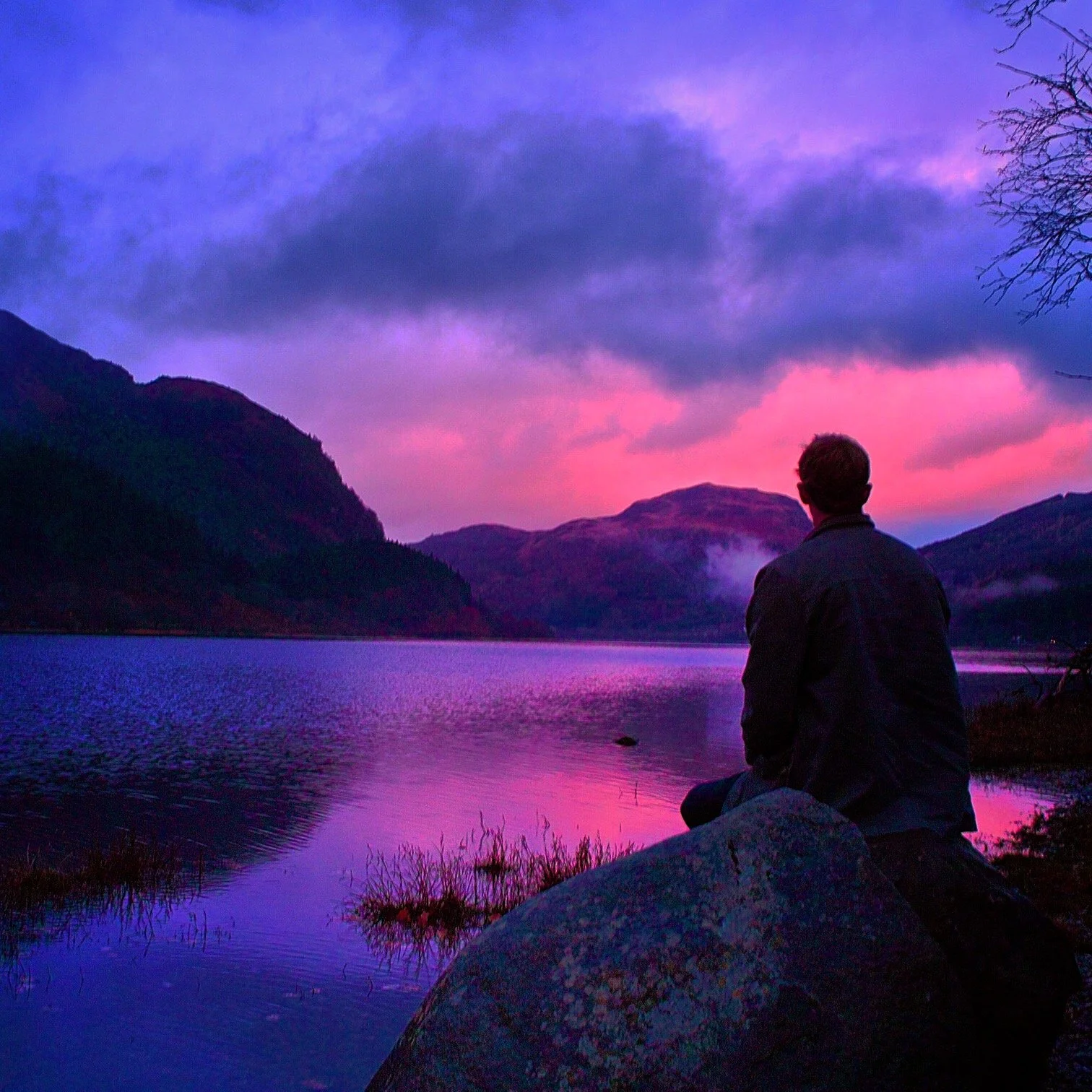our silence the b(end) of the river
In the “The Shape of Things to Come,” an essay now known for introducing the term ‘monoku’ to enthusiasts of micro-poetry, Jim Kacian suggests that we should consider monostich haiku as “gems” cut in such a way that every slight edge and “turn” of the text can be said to “catch the light a bit differently,” with every “facet contain[ing] its own inherent gleams and prismatic effects” (2012: 47). “[O]ur silence” is an example of such a ‘gem’. It is a monoku with constituent parts that gleam and glisten seemingly anew with each reading, offering its readers a richer poetic experience every time they return to share in this quiet moment at the river’s “b(end).”
How, then, was this ‘gem’ cut? And, given the ever-so-important role played by the kire in the writing of (monostich) haiku, how does this monoku’s distinctive ‘cutting’ word(s)—its kire—serve as a literary device in this particular instance? What takes place—figuratively speaking—within the space opened by this poem’s kire, and how might we consequently interpret this monoku as both readers of haiku and fellow travelers who ourselves might one day come to be in such a situation?
“[O]ur silence” is a nine-syllable line with a clearly defined cut taking place exactly halfway through the text. That is, “b(end)” is a kire that splits this poem in two (syllabically), with the use of a parenthetical around the “(end)” of “bend” cleverly generating an alternative ending—as it were—to this already evocative line. Here, one word is two, and both words—bend and end—work together to create what is perhaps a sense of tension between opposing perspectives on what this turn in the river might mean for what comes next for the various parties sharing in “our silence.” Notably, “our” is a first-person plural possessive determiner that arguably deepens this moment of quietude, as it makes it seem—at least to me—that this is a silence born of an unresolved disagreement between the various people standing before this “b(end) in the river.” In other words, it is the shared nature of this silence, coupled with the author’s decision to punctuate (end) in parentheses (rather than simply the letter [b]), that consequently leads me to believe this moment is one of difficulty for these particular travelers. Seemingly, these people—maybe a couple (lovers or otherwise), or perhaps a group of friends—are sitting in a state of silent resignation, at odds and unable to agree as to whether or not to carry on down the “river” together or to call it quits entirely. When read in this manner, the river—though one possibly very real to the poem’s author—is deeply metaphorical, capturing symbolically both the journey of life and how these people have found themselves at a crucial turning point in their relationship. Having traveled as far as they have, will they persist and head into the unknown together? Will they go their separate ways? Or, perhaps, in an entirely different reading, is this silence one of a shared sense of awe in the beauty of nature that these people will try to savor quietly for as long as they can? If so, how long can they put off the inevitable and continue to hold their ground before needing to make a difficult choice?
And so, in appraising this ‘gem’ (as a commentator on and writer of micro-poetry), I found myself taken both by its simplicity as a single line of text and by the ways in which it captures some of the underlying complexities of traveling—whether it be alone or with others—on the so-called “river” of life. Furthermore, I think this poem is very much at home in this year’s January issue of the Wales Haiku Journal. This is the case not because wintertime is referenced in any particular way—save, perhaps, the arguably implied cold, melancholic character of the silence between the subjects found in this verse—but, rather, because it invites us to share in a quiet moment as our story’s characters decide what to do next. At the start of January, as so many of us reflect on the year which has just ended and make new resolutions for the one just about to begin, then, it is quite fitting to think about this “b(end)” in the “river” and to wonder how it will all be resolved. What has come to an end and what is perhaps waiting just there, just out sight where the river bends?
— Christopher Peys, Wales Haiku Journal (January 2023)
References
Kacian, J (2012), “The Shape of Things to Come.” Modern Haiku, vol. 43, no. 3, pp. 23-47.
